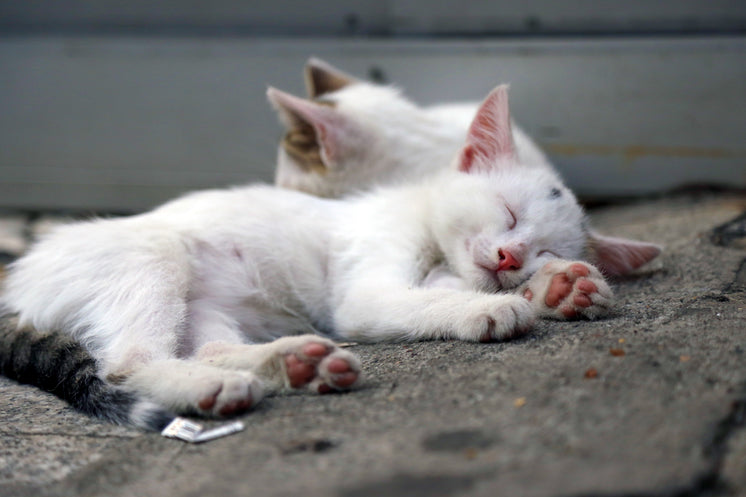The Role of Cat Litter in Family Pet Waste Management
The Role of Cat Litter in Family Pet Waste Management
Blog Article

Cat litter and litter boxes play an essential role in the lives of both felines and their owners. From the modest beginnings of sand and soil to the innovative improvements these days, the world of cat litter has actually evolved significantly. In this extensive guide, we explore every element of cat litter and litter boxes, exploring their history, types, advantages, obstacles, and whatever in between.
The history of cat litter go back centuries, with ancient civilizations utilizing sand, soil, and even ashes as primitive litter materials. Nevertheless, it wasn't until the mid-20th century that modern cat litter as we understand it emerged. In 1947, Edward Lowe introduced the world's first commercial cat litter made from absorbent clay, transforming the way cats relieved themselves indoors. Because then, cat litter has undergone numerous transformations, with the introduction of clumping litter, silica gel litter, biodegradable options, and more.
Today, cat owners are ruined for option when it pertains to picking the best litter for their feline companions. Conventional clay litter remains popular for its affordability and effectiveness in soaking up smells. Clumping litter, which forms strong clumps when wet, simplifies cleaning and maintenance. Silica gel litter, made up of extremely absorbent silica crystals, provides exceptional odor control and durability. Naturally degradable choices, such as recycled paper, wood pellets, corn, and wheat, appeal to ecologically mindful consumers.
Each type of cat litter uses distinct advantages. Clay litter excels in its capability to take in moisture and control odors, making it a reliable option for numerous cat owners. Clumping litter streamlines day-to-day scooping and extends the time between complete litter modifications. Silica gel litter offers exceptional smell control and can last longer between replacements. Biodegradable litters use a sustainable alternative that decreases ecological effect.
While cat litter cat litter box enclosure improves indoor feline hygiene, it is not without its obstacles. Dust from clay litter can present respiratory threats for both felines and humans, triggering the popularity of dust-free options. Some cats might develop litter box aversion due to issues with texture, aroma, or cleanliness, demanding experimentation with different litters and box setups. Multi-cat homes might require tactical litter box placement and regular maintenance to avoid territorial disputes and make sure all cats have access to tidy facilities.
Picking the suitable litter box is necessary for promoting positive litter box practices and total feline well-being. Aspects to consider consist of size, accessibility, and design choices. Covered litter boxes provide privacy and aid include smells, but some felines may find them restricting or intimidating. Open-top litter boxes use easy access and presence but might result in more litter scatter. Automatic self-cleaning litter boxes enhance upkeep but cat litter scoop need regular tracking and upkeep.
Appropriate litter box upkeep is essential for making sure a tidy and inviting environment for both felines and their owners. Daily scooping gets rid of waste quickly, decreasing odor and dissuading litter box hostility. Regular litter replacement, usually every 1-2 weeks, avoids bacterial buildup and preserves ideal absorbency. Extensive cleaning with mild cleaning agent and water, preventing harsh chemicals that may deter cats from using package, need to be performed monthly.
Cat litter and litter boxes play a central function in cultivating a healthy and cat litter box unified relationship between cats and their human buddies. With a varied selection of litter options and litter box designs offered, feline owners have the versatility to tailor their choices to suit their cats' choices and family requirements. By understanding the evolution, types, benefits, and difficulties of cat litter and litter boxes, animal owners can supply their feline friends with a comfortable and hygienic indoor environment.